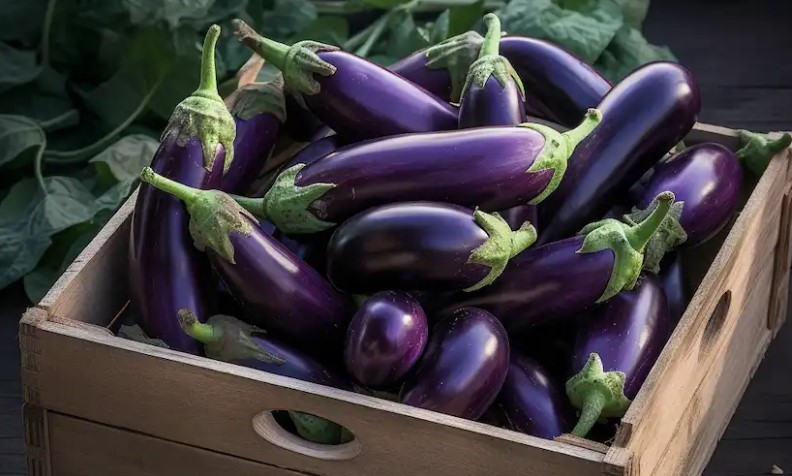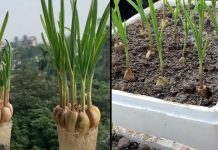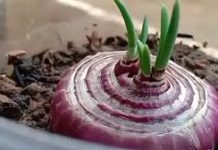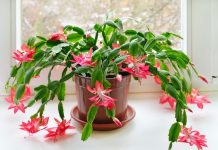The Benefits of Growing Upside Down Eggplants
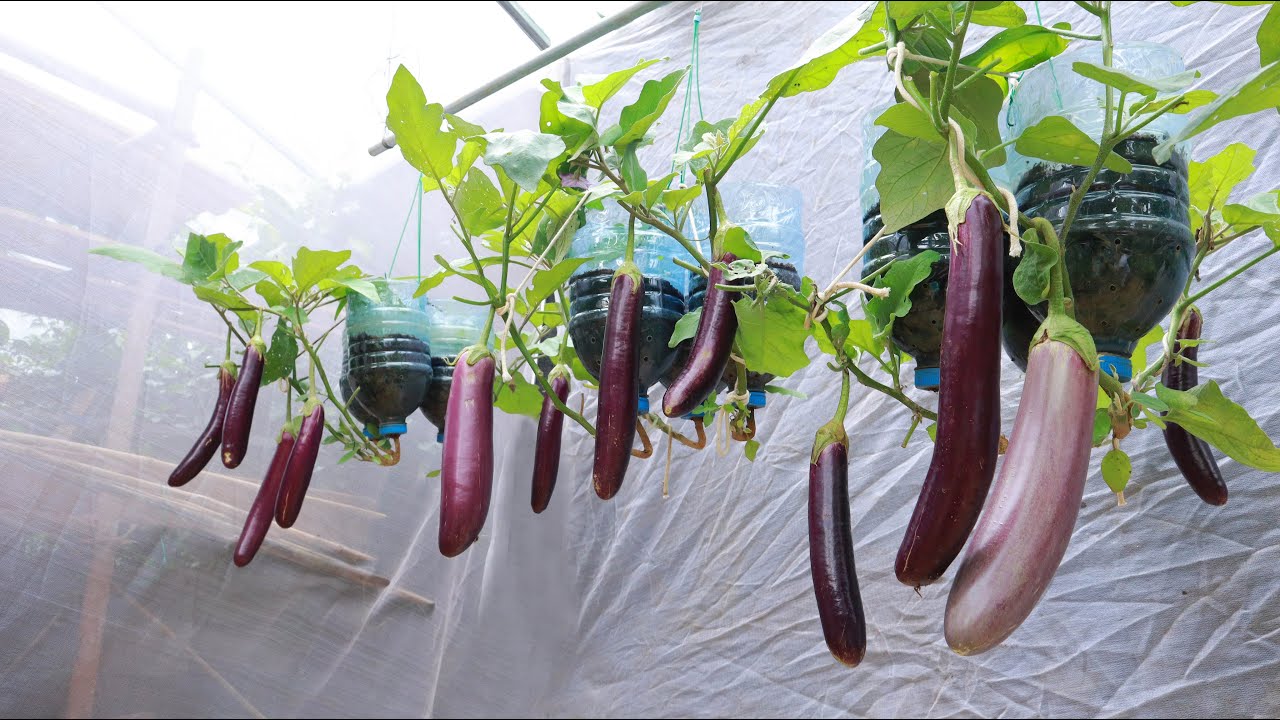
Growing eggplants upside down is an innovative gardening approach that comes with several advantages. This method is especially beneficial for those with limited gardening space. Here’s why you should consider it:
Space Efficiency: Perfect for urban settings, upside down growing utilizes vertical space efficiently. This is a boon for apartment dwellers or anyone with limited ground space.
Improved Air Circulation: Hanging the plants allows for better air circulation around the leaves and fruit. This can reduce the risk of fungal diseases, common in stagnant, damp areas.
Less Exposure to Pests and Soil-Borne Diseases: Growing off the ground limits contact with soil-borne diseases and pests, contributing to healthier, more robust eggplants.
Ease of Maintenance: This method eliminates the need for staking or supporting plants, simplifying maintenance and reducing physical strain.
Reduced Weeding and Soil Maintenance: As the plants are not in the ground, weeding is virtually eliminated, and soil maintenance is significantly reduced.
Efficient Watering: Watering from the top ensures that water and nutrients are directly delivered to the roots, which is essential for the growth of eggplants.
Aesthetic Appeal: Upside-down eggplants add an interesting visual element to any garden space, combining practicality with aesthetic charm.
The Method – Growing Upside Down Eggplants
Here’s a comprehensive guide to setting up your upside-down eggplant garden:
Materials Required:
- Used plastic bottles (2 liters or larger, with larger sizes recommended)
- Eggplant seedlings
- Masking tape
- Hole punch
- Knife
- Strong twine
- High-quality soil or compost
Step-by-Step Guide:
- Prepare the Bottle: Clean the plastic bottles and remove labels. Use a knife to cut off the bottom of the bottle cleanly.
- Smooth the Edges: Cover the cut edge with masking tape to avoid sharp edges. Then, punch four evenly spaced holes around the bottle for the twine.
- Plant the Seedling: Invert the bottle so the mouth is at the bottom. Carefully insert the eggplant seedling, ensuring the plant’s root ball is well-positioned inside the bottle.
- Add Soil : Fill the bottle with soil or compost, leaving some space at the top for watering.
- Secure with Twine: Thread the twine through the prepared holes, creating a stable support. Tie it securely.
- Choose the Right Spot: Hang your planter in a sunny location, as eggplants thrive in sunlight.
- Regular Watering: Regularly check your hanging eggplant plants, ensuring the soil is consistently moist but not waterlogged.
By following these steps, you can successfully create an upside-down eggplant garden that saves space and offers a unique, rewarding gardening experience. Regular monitoring of water and nutrient needs is key to growing thriving, productive eggplants. Enjoy the process and the unique look it brings to your garden space!


